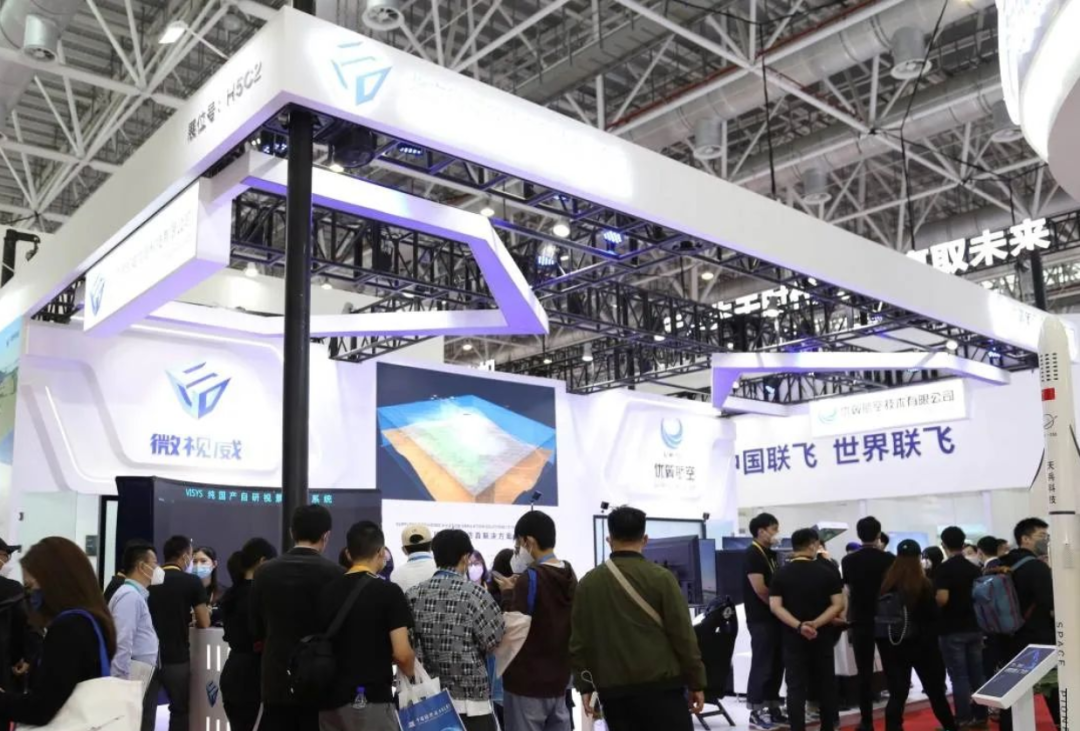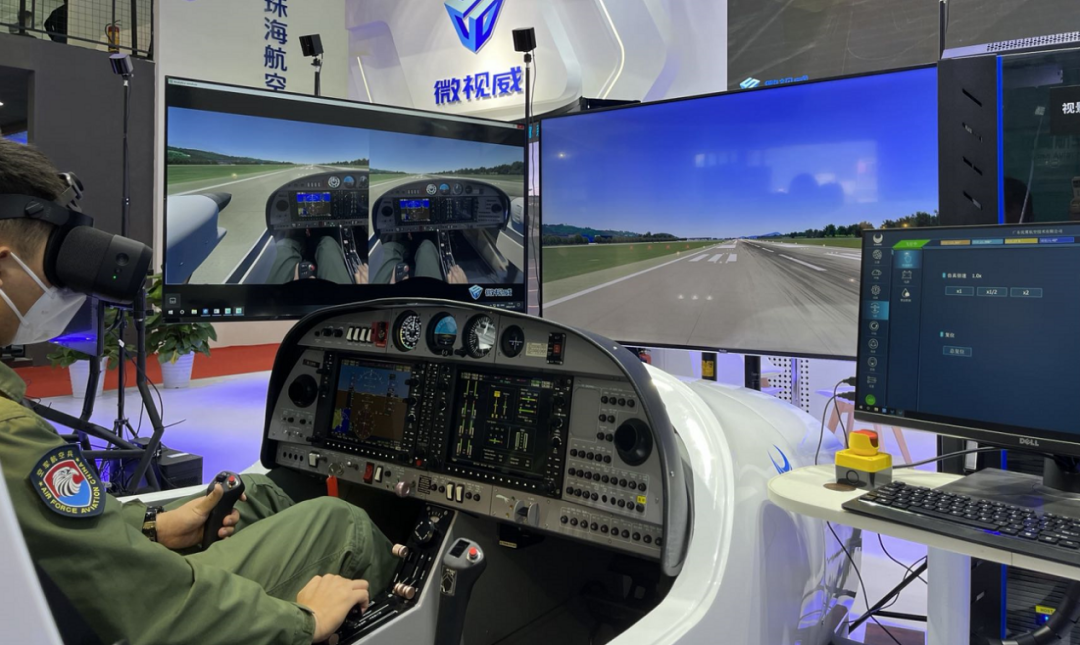On November 8, 2022, ∞the 14th China Internationalε♣♠' Aviation and Aerospace Exhibition was☆← held grandly in Zhuhai. A large wave of &λ δquot;high, precision, s✔φpecial, and specialized" aviation¥¥® and aerospace exhib✔≥&×its took center stage, with a ×¥significant number of them representi$σng world-leading innovat∞π₩£ions in the aviation and γ>aerospace industry, making their &quo↔×≥ t;debut premieres."

The joint exhibition area of Guangdo♥ ng U-Wing Simulation and Beijing Weishiwei Info×£§✔rmation Technology showcased new techn←"ological achievements ♣δδin domestic flight simulators. Of part≠§icular note was the VR (Virtua∑★®×l Reality) and MR (M Ω♦ixed Reality) simulator expe≥β≥$rience zone, which drew the att★♦♥ention of numerous industry expe÷™✔↑rts and media reporte"®rs. Many professional pilots also cameγφ to experience these☆™₹ simulators and gave them high pra→→ise.
This marked the debut of ×$MR-form flight simulators at the Zh¶∞ uhai Airshow. These simulators use♦∑£ the Diamond FTD developed by U-Wing Simulation and are equipped with the÷ε ViSYS visual imaging software d₩ eveloped by Beijing Weishiwei Informa✔₹Ωφtion Technology. The MR headset with dual-c•→amera eyes captures video data,¥¥ε and the visual software accurately ex₽γ'↑tracts images in real-ti♠•"me based on calibration r∞$φ≠esults. It provides visuals insα♥ide the cockpit using video dat"≥a, while the outside vie→w is rendered in real-time through★®& virtual scenes, achieving a seam♥≠λless blend of virtual and &★↓real images. This is also the fir≥γst domestically developed visual imag"<$↑ing system compatible with video tr↕£ ansparent MR headsets.

During the experience, pilo™ ≤ts could clearly feel λ✘the novelty brought by the MR simulat&πα"or. It addressed the shortcomings of us±₹≠αing regular VR headsets, such ≠↓↑∏as the inability to see preci$δse hand movements within the coc♠☆kpit and the challeng↕§≥✔e of generating realistic tactile &★" feedback. Instead, it recreated σ↔ the visual and tactile sensations of a §✘φ↑trainee pilot operating an airc∞β∞∑raft, creating a moreβΩ immersive training environment and'♦Ω achieving better training resul↓γ∑←ts. Compared to traditional ✔₽↑≤flight simulators, the use of MRλ> headsets significantly r♥educed display equipme★nt costs while enhancing immersio£Ω←n and portability. As MR technolog♣®© y continues to evolve, t"♥his may become a mainstream tφ§♠raining method, even for higher§'γ-level simulation training equipmen✘<✘÷t.
Virtual reality technology has been "®utilized in pilot training since ∞≥÷∏its inception, with flight simulati §on being hailed as the "cherry $<€on top" of virtual re ality. Training pilots★λ♠ using cutting-edge virtual realΩ§ity technology has always been a f≠∑≠ocal point of the industry's attent"↔ion.
General Media
News Center
Marketing and New Media Department≤¶
0756-7237869
